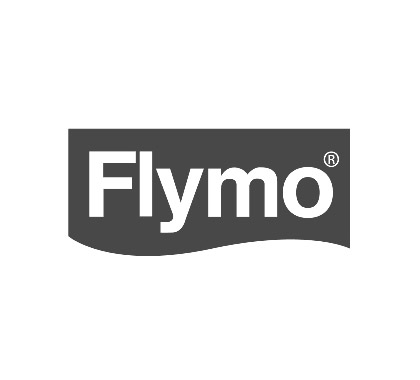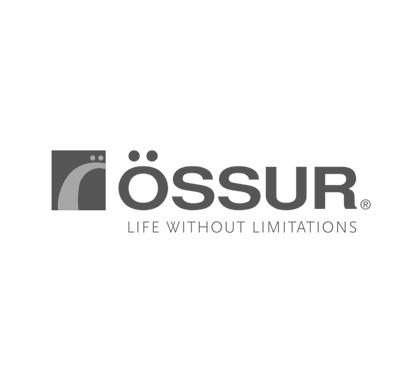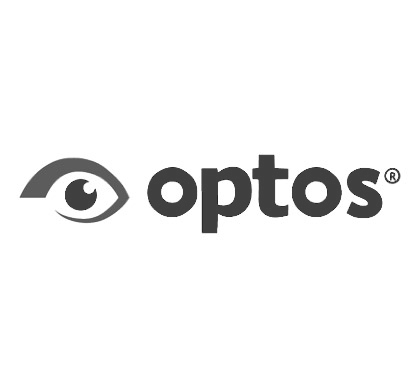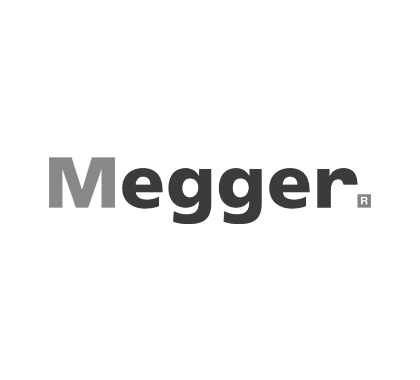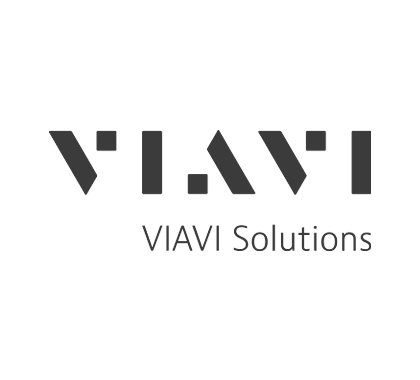Pinpoint are a UK-based manufacturer of personal staff safety systems used in high-risk environments. Their infrared alarm devices are trusted across the UK and Ireland for their reliability and rapid response capabilities.
Pinpoint approached i4PD to support the redesign of their Personal Infrared Transmitter (PIT), a wearable device used by staff to trigger emergency or assistance alerts. The goal was to harmonize two existing variants (one powered by a supercapacitor and the other by a nickel battery) into a unified and manufacturable platform. Key requirements included improving robustness, reducing part count, and ensuring compatibility with existing infrastructure such as Pinpoint’s Energiser charging station.
In parallel, our teams supported the redesign of Pinpoint’s wall-mounted display unit. The new display would replace legacy alphanumeric units with a colour graphical screen, and integrate Ethernet-based messaging.

Previous Product Version

i4PD’s mechanical and industrial design team led a comprehensive design-for-manufacture (DfM) review, working closely with Pinpoint and their preferred manufacturer. The team re-engineered the PIT’s enclosure to support both power variants using shared components, reducing tooling complexity and streamlining assembly. A hybrid pin design was explored to address historical breakage issues, and grip textures were refined to balance ergonomics and cleanability.
Our electronics team reviewed and updated the electronics architecture to support both battery and supercap configurations, including component selection, schematic updates, and variant identification features.
CAD iterations and multiple rounds of 3D prototyping facilitated ergonomic testing and validation of assembly processes. The final design incorporated a modular internal architecture, allowing for interchangeable power modules while maintaining a consistent external form. Throughout, i4PD ensured the product met Pinpoint’s cost targets, based on unit volume expectations and tooling budget constraints.
For the display unit, i4PD provided full electronics and software support to develop a new PCB architecture, Harmony graphics libraries, and Ethernet communications. The team designed the board to fit within existing wall-mounted enclosures, supported legacy databus protocols, and implemented a heartbeat messaging system for remote monitoring.


Tooling

PIT Parts
The redesigned PIT achieved a unified mechanical platform that supports both battery and supercap configurations, simplifying production and reducing long-term costs. The product retained compatibility with existing Pinpoint charging infrastructure and met all functional and environmental requirements. Pinpoint now has a scalable, maintainable product architecture that supports future iterations and variants. The collaboration strengthened the working relationship between teams, laying the foundation for accelerating future projects.


The new display unit successfully replaced legacy alphanumeric models with a bright and accessible graphical interface, Ethernet connectivity, and improved configurability. The design met CE/UKCA and RoHS2 compliance requirements, supported multiple branding options, and was validated through system-level testing with Pinpoint’s infrastructure. The modular design and robust software architecture mean the display is ready for future expansion, including cloud integration and remote diagnostics.



